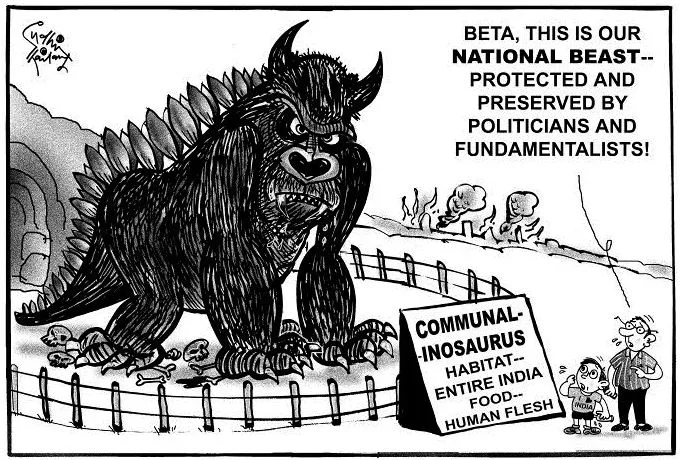prasad1
Active member
How India has come to be known as the second most racist country in the world.
“It’s sad that Nido had to die for us to be able to speak out openly of how unwelcome we feel in this city.” The tragic death of the 19-year-old college student from Arunachal after a hate attack by shopkeepers in a South Delhi market in January 2014 was like the breaking of a dam; it broke public silences about discrimination and bigotry that people from India’s northeastern states endure routinely in the country’s capital.
The majority of northeastern migrants rent apartments in the former villages of the capital because rents are much lower than in the city’s upmarket enclaves. These apartments are usually owned by the village’s original residents, often Jat and Gujjar communities, who still tend to live under the sway of male elders who are typically patriarchal and conservative.
Since these culturally diverse peoples — Jats and Gujjars on the one side and the northeastern migrants on the other — are forced to live in such intimate proximity because of mutual economic dependence, it leads to reciprocal suspicion and stereotyping. After Nido’s death, some students, teachers and rights activists constituted a North East India Forum against Racism to battle discrimination and violence, which they characterise as racism. They felt it would be worthwhile to undertake a series of dialogues between the original residents of these Delhi ‘villages’ and their northeastern neighbours, and requested us in Aman Biradari to help organise these. I moderated the first conversation on an early summer evening in Humayunpur, near Delhi’s Deer Park.
In divided neighbourhoods - The Hindu
“It’s sad that Nido had to die for us to be able to speak out openly of how unwelcome we feel in this city.” The tragic death of the 19-year-old college student from Arunachal after a hate attack by shopkeepers in a South Delhi market in January 2014 was like the breaking of a dam; it broke public silences about discrimination and bigotry that people from India’s northeastern states endure routinely in the country’s capital.
The majority of northeastern migrants rent apartments in the former villages of the capital because rents are much lower than in the city’s upmarket enclaves. These apartments are usually owned by the village’s original residents, often Jat and Gujjar communities, who still tend to live under the sway of male elders who are typically patriarchal and conservative.
Since these culturally diverse peoples — Jats and Gujjars on the one side and the northeastern migrants on the other — are forced to live in such intimate proximity because of mutual economic dependence, it leads to reciprocal suspicion and stereotyping. After Nido’s death, some students, teachers and rights activists constituted a North East India Forum against Racism to battle discrimination and violence, which they characterise as racism. They felt it would be worthwhile to undertake a series of dialogues between the original residents of these Delhi ‘villages’ and their northeastern neighbours, and requested us in Aman Biradari to help organise these. I moderated the first conversation on an early summer evening in Humayunpur, near Delhi’s Deer Park.
In divided neighbourhoods - The Hindu

